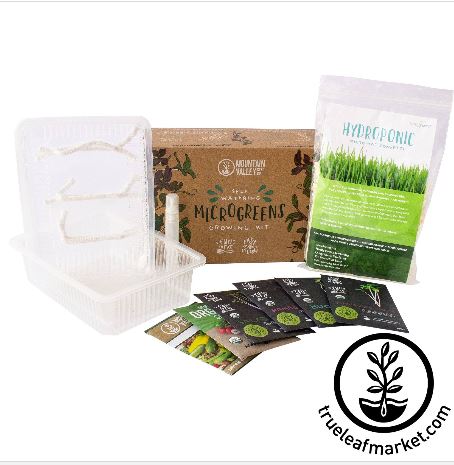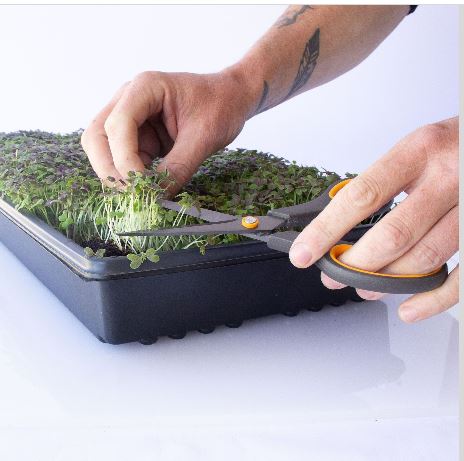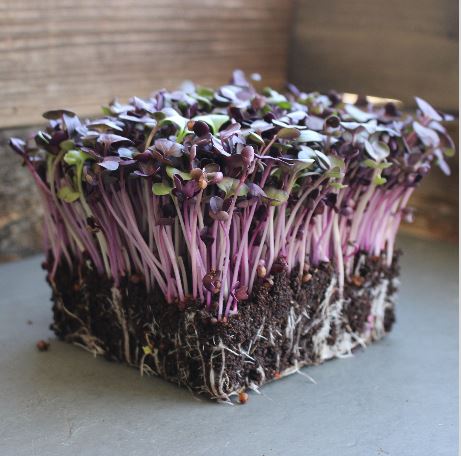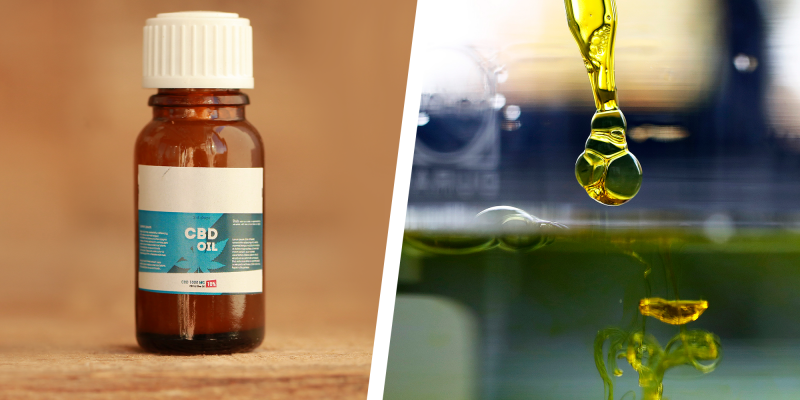Microgreens: Don’t Miss This Superfood
What are Microgreens?
Microgreens and sprouts are one of the best ways to eat vegetables. Micros are the young, edible seedling stage of a plant. They are packed with vitamins, minerals, and antioxidants linked to disease or illness prevention and healing. According to a study by the University of Maryland research team, microgreens may contain as much as 4-40 times more nutrients than their mature counterparts! What? That’s amazing! Only about 10 percent of Americans eat the recommended portion of vegetables a day, making microgreens and sprouts an incredible tool for fulfilling your daily nutrient needs. They are easy to grow and easy to use.
Microgreen Growing Instructions
To start growing, first, gather the needed microgreen growing supplies. Choose a growing medium. Microgreens can be grown in a soil-based media or hydroponically with your choice of growing mat. All microgreen seeds will grow well with soil, while some do not prefer hydroponic methods. Then select your container. I suggest using a 10×20 inch tray with holes nestled inside one without holes. For easy harvesting, use a shallow tray. Then, add at least 2 cups of water (more if needed) to your tray to hydrate the soil or growing pad. Spread your seeds and water daily to maintain moist, not soggy soil.
You can expect to see most seeds germinating within 3-5 days. Some varieties, such as cilantro (coriander), can take as much as 21 days, depending on light, moisture, and temperature conditions. Because microgreens are mostly grown from the stored nutrients within the seed, additional fertilizer isn’t required. Although some growers do like to use a light liquid hydroponic fertilizer for added strength. Once your microgreens reach approximately 2-5 inches, depending on the vegetable type, they are ready for harvesting. Cut just above soil level with a sharp knife or scissors.
What Can You Grow as a Microgreen?
Many vegetables can be grown as microgreens, including popular leafy greens like lettuce, kale, spinach, cabbage, mustard, and arugula. Other popular microgreen seeds include broccoli, beets, peas, radish, and herbs such as basil or cilantro. It’s no secret that these vegetables are dense with nutrients. Eating them as microgreens can boost the amount of nutrients you benefit from because the plants are investing lots of energy and nutrients for rapid growth. Grow microgreens in a matter of days as a replacement or addition to common leafy salad greens. Don’t let lettuce shortages or crop failures get you down anymore.
How to Use Microgreens?
How can you use microgreens every day? Add them to a fresh green salad, soups, stews, smoothies, toast, etc. One of my favorite ways to use microgreens for a healthy, hardy, and energizing meal is to create a buddha bowl with quinoa, microgreens, sprouts, and additional fruits and vegetables. Buddha or rice bowls are a great way to create a fresh, well-balanced meal. Incorporating more vegetables into your meals doesn’t have to be a chore. Simply sprinkle freshly cut microgreens over your favorite foods like pizza, burgers, pasta, chili, and tacos. Not only are they healthy, but microgreens are also extremely flavorful.
What Do Microgreens Taste Like?
Microgreens often boast a flavor profile more prolific than their mature vegetable counterparts. Flavors may include fresh, spicy, savory, bitter, or tangy. In addition to flavor, microgreens can add unique textures to your foods. One of my favorite meals to include fresh sprouts is a vegetable Pad Thai. Mung bean sprouts often accompany this dish. In contrast to the texture of the noodles and cooked vegetables, the bean sprouts add a fresh and juicy crispness that is absolutely delightful!
Not only are microgreens healthy and delicious, but they can be grown right on the kitchen counter. Once the seeds germinate, you will want to make sure they have a light source to develop good flavor and color. This source can be as simple as a window with afternoon light or the assistance of a grow light. There is no need for a lack of large space or weather to keep you from growing nutritious vegetables all year long. In snow, rain, or sunshine, you can get your fill of fresh vegetables daily. Learn more: www.trueleafmarket.com.
About the author: Ashleigh Smith is the Managing Editor at True Leaf Market. She attended Brigham Young University – Idaho, where she received a Bachelor’s degree in Horticulture with a focus on plant propagation. While she has experience in nursery and garden center management, more recently, she has expressed her knowledge and skills through writing about home garden topics. She and her colleagues at True Leaf Market offer seeds and many related products and insights to e-commerce customers everywhere to help them with successful growing.






